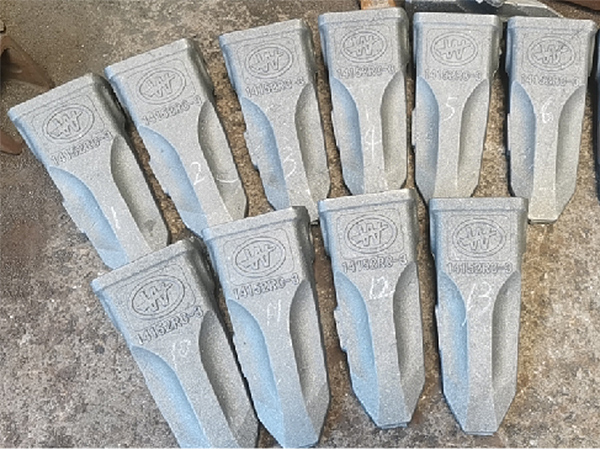How to Wet Sand 3D Prints A Comprehensive Guide
3D printing has revolutionized the way we create objects, allowing for intricate designs and rapid prototyping. However, the surface finish of 3D prints often leaves room for improvement, especially for those looking to achieve a smooth, professional look. One effective technique to achieve this is wet sanding. In this article, we will explore what wet sanding is, why you should use it on 3D prints, and provide a detailed guide on how to perform the process effectively.
What is Wet Sanding?
Wet sanding is a finishing technique that involves using sandpaper lubricated with water or another liquid to smooth surfaces. This method helps to reduce dust, prevent clogging of the sandpaper, and minimizes the risk of scratching the material. Wet sanding is particularly beneficial for materials like plastics, commonly used in 3D printing, as it allows for a finer finish without damaging the print.
Why Use Wet Sanding on 3D Prints?
1. Improved Surface Finish Wet sanding helps eliminate layer lines and other surface imperfections, resulting in a smoother finish. 2. Reduced Dust Unlike dry sanding, wet sanding limits the amount of fine particles that are created, making it a cleaner process. 3. Longer Lasting Sandpaper The lubrication provided by water keeps the sandpaper effective for longer periods, preventing it from clogging with debris. 4. Less Heat Generation Sanding can create heat, which could warp or damage the print. Wet sanding cools the surface and reduces this risk.
Materials Needed
Before you begin, gather the following materials
1. Different grits of wet/dry sandpaper (starting with 220 or 400 grit and moving to 1000 or higher for finishing) 2. A container of water (you can add a few drops of dish soap to reduce surface tension) 3. A spray bottle for easy application 4. A soft cloth for drying 5. Safety goggles and a mask (optional, but recommended)
Step-by-Step Guide to Wet Sanding 3D Prints
how to wet sand 3d prints

1. Preparation Start by removing any support structures from your 3D print carefully. Inspect the print for any areas that need filling or correction. Fill any gaps or holes with a suitable filler if necessary, and allow it to dry completely.
2. Choose the Right Grit Begin with a coarse grit sandpaper (like 220 or 400) to remove larger imperfections. Attach the sandpaper to a flat sanding block to create an even surface while sanding.
3. Wet the Surface Dampen the surface of the print with your spray bottle. This helps prevent dust from forming and makes the sanding process smoother.
4. Sand the Print Gently rub the sandpaper over the surface of the print in a circular motion. Apply light pressure; let the sandpaper do the work. Keep the surface wet by periodically spraying water, ensuring a lubricated surface at all times.
5. Check Your Progress After a few passes, rinse off the print to check for smoothness. Look for any remaining layer lines or imperfections. If they persist, continue sanding with your coarse grit paper until you achieve a satisfactory result.
6. Move to Finer Grits Once the initial sanding is complete, gradually move to finer grit sandpapers, rinsing the print and changing paper as you go. Progress to 800, 1000, and even up to 2000 grit for a truly glass-like finish.
7. Final Rinse and Dry Once you have finished sanding with the finest grit, give the print a thorough rinse to remove any residues. Use a soft cloth to gently dry the print.
8. Post-Processing (Optional) For an even more polished look, you could apply a clear coat or resin after the sanding process. This step enhances the finish and provides additional protection to your 3D print.
Conclusion
Wet sanding is a valuable technique for any 3D printing enthusiast wanting to achieve a professional finish. By following the steps outlined above and taking your time with the process, you’ll find that your 3D prints can look incredibly smooth and refined, elevating your project to the next level. With practice, you’ll become more adept at wet sanding, making it an essential skill in your 3D printing toolkit.
Post time:9월 . 30, 2024 14:16
Next:Fundición de arena con espuma perdida una técnica innovadora y eficiente en la manufactura.
